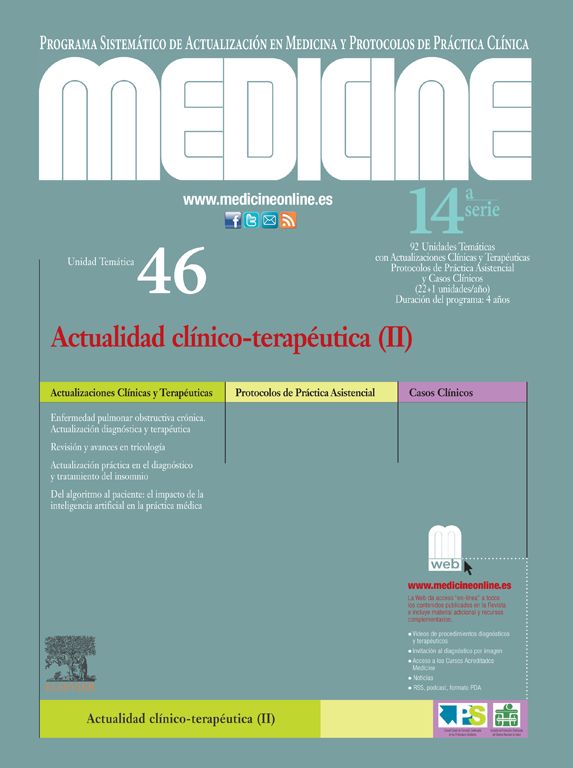El término influenza deriva del latín influo que significa «fluir dentro o influencia». Se describen 4 tipos que se distinguen por diferencias antigénicas en dos proteínas internas, nucleoproteínas y proteínas de la matriz 1. Los virus de influenza A se subdividen en subtipos basados en los antígenos de superficie: hemaglutinina y neuroaminidasa. Lo que da como resultado múltiples combinaciones y, por tanto, potenciales subtipos. Las combinaciones más comunes de subtipos de influenza contienen las hemaglutininas 1, 2 y 3 y las neuraminidasas 1 y 2. Por tanto H3N2 y H1N1 son los subtipos más prevalentes en la infección de seres humanos. Mientras que el tipo influenza B no se categoriza en subtipos sino en dos linajes antigénicamente distintos: Victoria y Yamagata. La transmisión se da básicamente por gotas generadas en el tracto respiratorio a través de la tos, de los estornudos o al hablar y también por contacto directo o indirecto. En neonatos y lactantes, la influenza puede variar su comportamiento.
Los antivirales tienen un papel crucial, impidiendo que el virus de la influenza progrese y se disemine, especialmente en la población de riesgo. En la actualidad existen dos grupos de medicamentos aprobados: adamantanos e inhibidores de neuroaminidasa.
Palabras clave
The term influenza comes from the Latin influo, which means “to flow or run into.” Four types are described. They can be distinguished by antigenic differences in two internal proteins, nucleoproteins, and M1 matrix proteins. Influenza A viruses are divided into two subtypes based on the surface antigens: hemagglutinin and neuraminidase. This yields multiple combinations and, thus, potential subtypes. The most common influenza subtype combinations contain hemagglutinins 1, 2, and 3 and neuraminidases 1 and 2. H3N2 and H1N1 are the most prevalent subtypes in infections in human beings. On the other hand, influenza type B is not categorized in subtypes but rather in two antigenically distinct lines: Victoria and Yamagata. Transmission essentially occurs through droplets generated in the respiratory tract through coughing, sneezing, or speaking as well as through direct or indirect contact. Influenza's behavior may vary in neonates and infants.
Antivirals play a crucial role by preventing the influenza virus from progressing and spreading, especially in the at-risk population. At present, there are two groups of approved medications: adamantanes and neuraminidase inhibitors.
Keywords
Identifíquese
¿Aún no es suscriptor de la revista?
Comprar el acceso al artículo
Comprando el artículo el pdf del mismo podrá ser descargado
Teléfono para incidencias
De lunes a viernes de 9h a 18h (GMT+1) excepto los meses de julio y agosto que será de 9 a 15h




